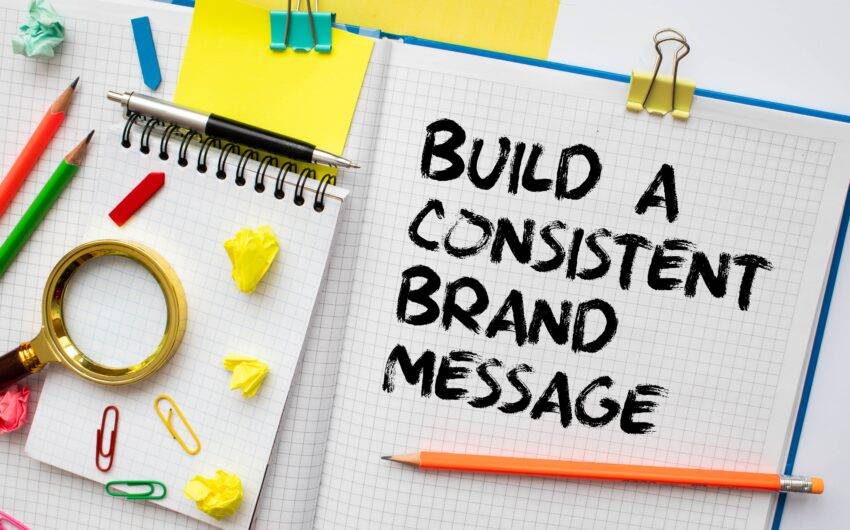Top brands aim to deploy a specific “brand voice” everywhere from TV commercials to live chat. The idea is to ensure customer touchpoint interactions feel the same every time.
But why bother? Why not chop and change depending on the situation?
Well, you’re about to find out. We explore why maintaining consistent brand messaging across all marketing efforts is essential if you want to stand out in your industry.
Memorable identity
The primary reason is to create a memorable identity. Companies must maintain a consistent brand voice to ensure prospective customers know and understand who they are.
Imagine a legal firm that always adopts a professional and empathetic approach in its marketing and outreach. Over time, prospective clients will learn to view it as a solid option whenever they need assistance.
Now compare that to a law office that constantly changes its messaging. One minute it is using aggressive advertising to encourage people to make accident claims, the next it is using temperate vocabulary to appeal to bereaved individuals going through the probate process. Prospective clients find approaches like these hard to understand, making them less likely to use the service.
Trust and credibility
Another reason for maintaining consistent brand messaging across marketing efforts is to build trust. Companies that retain the same voice are less likely to generate confusion that could erode credibility.
Research shows that consistent advertising breeds familiarity, a stepping stone to trust. Customers exposed to the same stimuli repeatedly are likely to feel a sense of connection to the underlying firm.
Customers are also more likely to take the company seriously. Consistency is a sign of confidence, professionalism and intelligence, further encouraging sales.
Improved customer relationships
Maintaining consistent messaging also improves customer relationships. Audiences appreciate familiar voices and styles, allowing you to inject personality into your outreach without causing disturbance.
Over time, using the same brand voice helps to build a connection. Prospective customers know what to expect from you and how you react. If they can’t predict what you might do next, it can leave them feeling wary and less likely to want to buy from you.
Clearer value proposition
Another benefit of maintaining a consistent brand message during marketing campaigns is a clear value proposition. Customers can more readily identify how their lives will improve if they buy your goods or services when your message remains unchanged.
When reaching out to customers, keep your value proposition simple. Think of what’s causing them pain and how you can resolve it.
Switching up your value proposition too much can confound prospective clients. Customers might misunderstand what you offer or how you can help them.
Improved branding
Lastly, maintaining consistent messaging can enhance branding. Customers who always see the same images, colours, logos, and fonts, are more likely to recognise you instantly.
Over time, repeated exposure makes it more straightforward for prospective clients to remember your brand. If they get to know you well enough, you’ll be the first person they contact when they need your help.
How to make your brand messaging more consistent
Most business leaders know the theory about branding consistency and why it’s essential. However, only a minority succeed in practice.
Unfortunately, no magic bullet can make any firm’s marketing efforts invariant across all touchpoints and platforms. Even so, there are strategies you can use to improve uniformity and avoid harming your brand.
The trick is using brand guidelines detailing how staff should present your company to your audience. Policies should include:
- The colour palette your company uses (i.e. orange and green) including the Pantone numbers for consistent application across digital and non-digital media
- The logo and how/where it should appear
- Primary and secondary typefaces on official documents and correspondence
- The types of models or objects that can appear in your images (i.e. antique telephones)
- Your illustration style for cartoons, infographics, brochures, and online ads
- The voice and tone staff should use in correspondence, marketing and advertising
- How often you will reach out to customers (i.e. every day, week or month)
- The types of words you will use (usually plain English for most brands)
You should also include a list of things not to do when representing your brand. For example, you might say something like:
- No harsh imagery that conflicts with our brand ethos
- No reference to forbidden topics, such as vaping
If you can’t make your brand more consistent, use a digital marketing agency in London to do it for you. Professionals can assess all your touchpoints and help you find ways to stitch them together seamlessly.


